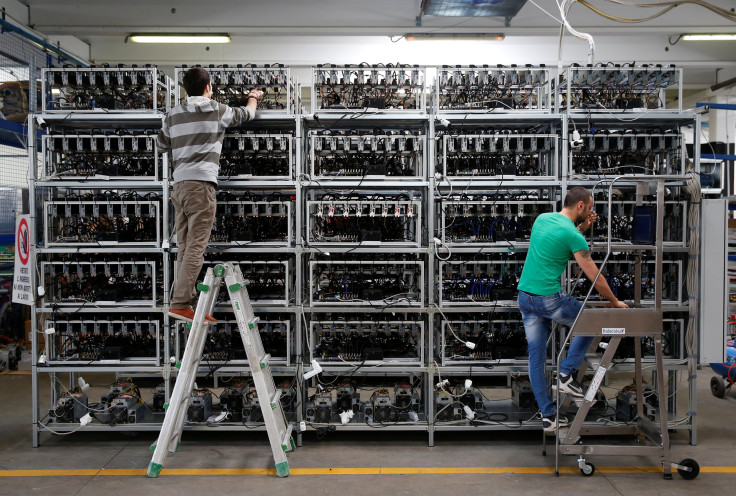Bitcoin Miners Will Take 120 More Years To Mine All 21 Million BTC

KEY POINTS
- There will only be 21 million bitcoins, with the last one expected to be mined in 2140
- There will be no more block rewards after that because there are no more Bitcoins to mine
- The miners will rely on transaction fees to secure the network
When Bitcoin was created by Satoshi Nakamoto, the white paper described a systematic way of distributing mined Bitcoins via blocks at set intervals. Every four years, the BTC rewards at each interval are cut in half — a process that sticks to schedule until all Bitcoins are mined.
Satoshi put the hard cap of Bitcoin at 21 million BTC. If everything is as scheduled, it will take miners 120 more years to mine all BTC that will ever exist, which is the year 2140. The question is, what happens to miners after that?
Miners are an important part of the Bitcoin ecosystem as they mine the cryptocurrency through high-powered computers. The mining process involves solving mathematical problems difficult for people and even computers to solve immediately. Thus, there is the need for high-powered GPUs or mining rigs to do it. Some pool together their mining rigs to create Bitcoin Mining Pools. The process involves hard work and luck, akin to how gold miners need to do a lot of work and be lucky to mine the metal.
When a person initiates a Bitcoin transaction, it must be confirmed by miners and included in a block before it pushes through. The block is then added to a public record called the blockchain. When miners add a new block, they make sure the transaction is accurate, and that Bitcoin is not duplicated. Miners get block rewards or transaction fees as payment for securing the network and facilitating the transaction.
Bitcoin mining has fees such as the cost of electricity for running mining rigs. Miners have to sell Bitcoin to cover this cost and ultimately decide whether the cryptocurrency they receive from the block rewards and transaction fees will be enough to cover the expenses.
But, as mentioned, there will only be 21 million bitcoins in existence. From that, 18.4 million BTC has been mined already. Miners collectively receive 900 BTC per day and earn 30-50 BTC in transaction fees. By 2140, there will be no more reward for mining Bitcoin because there’s no more Bitcoin to mine. The Bitcoin network must ultimately be secured by transaction fees.
Speaking with Decrypt, Simon Kim, CEO of VC fund #Hashed said miners are not going to be disincentivized despite the loss of block rewards.
“Changes to the Bitcoin ecosystem and its place as a key currency in the virtual world could drive significant changes in miner adoption even after the block rewards stop,” he told the publication.
Simply put, if Bitcoin adoption happens, there will be more transactions than the current backlog. Thus, the need for more miners to confirm transactions and secure the network will increase dramatically as well. This will result in a likely increase in transaction fees. This had happened before, in December 2017, when Bitcoin’s price soared to near $20,000. At that time, transaction fees spiked to $1,495 per day.
Naturally, users will be discouraged to spend Bitcoin if transaction fees are high. This creates a Catch-22 situation for users and miners.
The solution, Bitcoin advocate Vijay Boyapati explained, is for most trades to occur at a second layer on top of the Bitcoin blockchain. In the second layer, transfers will happen at much lower fees. One such infrastructure is the Lightning Network, built primarily for micropayments. The Lightning Network will be a place where small transactions are collected before they are big enough to be transferred to the Layer 1 (the Bitcoin network) to justify the latter's transaction fees.
As of today, this could be insignificant because the majority of people around the world do not transfer Bitcoin to one another or use it for micropayments. However, once adoption happens, it will be necessary for the Lightning Network, or something similar, to exist.
Also, when all 21 million bitcoins are mined and Bitcoin already became a medium of payment, miners will be satisfied with high fees on the Bitcoin network while users will not feel the burden of high transaction fees because the Lightning Network lumps them all together before putting it for the miners to confirm.
© Copyright IBTimes 2025. All rights reserved.





















